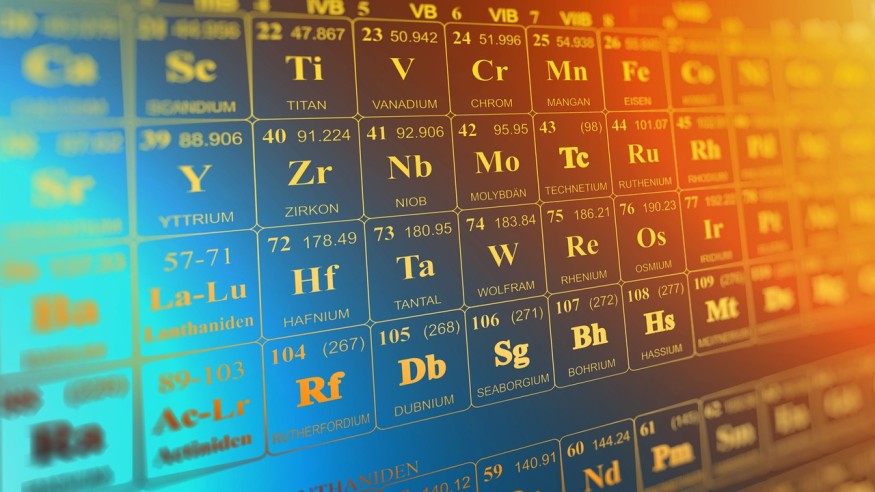A college graduate has developed a technology that converts visible light emitted by elements in the periodic table into music. The technology uses computer codes to turn light data from each element into individual sine waves. The technology could be used as a teaching aid in chemistry classrooms and as part of an interactive exhibit in a museum.

Combining Chemistry and Music to Create an Interactive Periodic Table
The project's investigator, W. Walker Smith, has found a way to make the periodic table of elements more interactive and musical. He has converted the visible light given off by the elements into unique and complex sounds for each one using a technique called data sonification.
He presented his study, "Designing an Interactive Musical Periodic Table: Sonification of Visible Element Emission Spectra," at the American Chemical Society spring meeting as the first step towards an interactive, musical periodic table.
Smith combined his passions for music and chemistry into a musical composition that uses the natural vibrations of molecules, SciTech Daily reported. Upon seeing visual representations of the light wavelengths released by elements such as scandium, he was inspired to convert these into music as well.
In chemistry, the periodic table lists elements such as He, Fe, and Ca. However, Smith sought to add a twist by including do, re, and mi and used data sonification to convert the visible light from these elements into unique, hauntingly beautiful melodies.
The converted sound frequencies allow better detection of elements' differences, especially visually complex transition metals. The interactive musical periodic table is a novel way to learn more about chemical elements while enjoying the pleasure of music.
Through the use of sonification, the visible light produced by elements can now be appreciated in a musical context. The technique is an innovative way to study the properties of the elements and differentiate them. With its unique melodies, the musical periodic table may serve as a tool for learning and a form of artistic expression.
The Sound of Molecules: Beautiful Melodies of the Chemical Elements
While Smith is not the first person to convert chemical elements into sound, his work takes a more ambitious approach to the conversion. According to IFL Science, previous attempts at this conversion have involved playing elements' spectra on the piano, but this method falls short of capturing the subtle differences between nearby wavelengths.
Smith's approach involves assigning specific sound frequencies to different transitions, with more common transitions resulting in louder sounds. Each element can have all its lines played together to create a chord or played in sequence to create a melody.
Smith consulted with experts in both music and chemistry to create a rich and accurate soundscape to allow people with visual impairments to familiarize themselves with the elements' spectra.
This work has teaching benefits and potential practical use in distinguishing between transition metals, whose spectra can be confusingly similar. Smith's upcoming show, "The Sound of Molecules," demonstrates how the sounds of individual elements can combine.
In the future, Smith's work could be extended into the frequencies of emissions beyond what can be seen with the naked eye. This expansion could allow a wider range of molecules' spectra to be identified and understood through sound.
RELATED ARTICLE : Space Sounds: What Are These Planetary Noises and How Do They Add to the Understanding of the Universe
Check out more news and information on Chemistry in Science Times.












